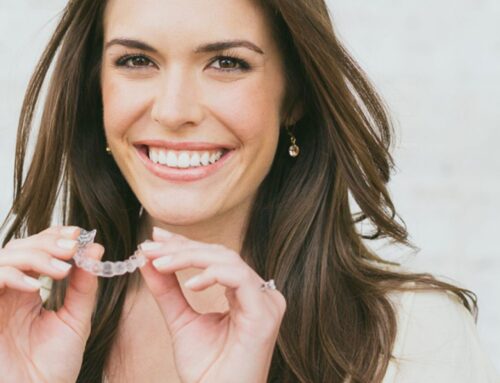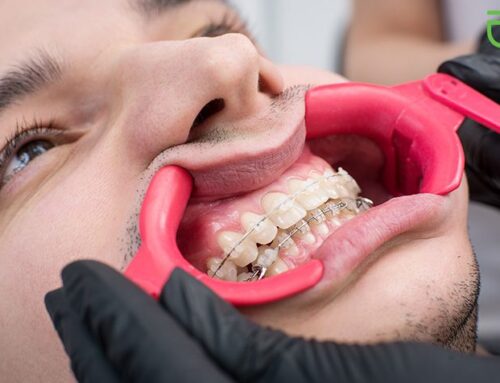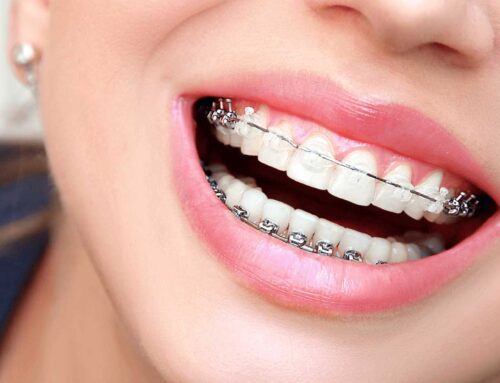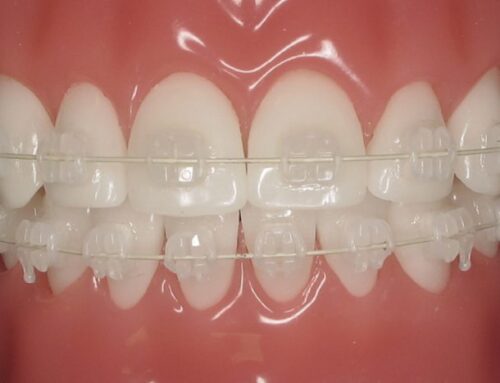Bewildered Between Braces? These are the 5 best kinds.
Human teeth are susceptible to different kinds of problems like crooked or crowded teeth, overbites, underbites, teeth that have large gaps, etc. Some of these problems are concerning, and if not treated, are likely to cause health complications sometime later in life. Though, most of them have one solution: Braces.
“Should I wear braces?” is a question that many people seek the answer to, at least once in their lifetime. In fact, according to the American Association of Orthodontists, more than 4 million Americans are wearing braces as of today. Although the procedure is a huge commitment, once you get the desired results, it’s certainly worth it. Nothing can be compared to the smile you wear on the day your braces are removed. It just feels different on that day: your confidence, your smile, and everything around you feels better.
As technology has evolved, so have braces and orthodontia. Today, there are many adaptive options when it comes to choosing braces. They can be customized according to an individual’s lifestyle and health needs.
Modern braces come in many kinds: from the traditional metal braces that are distinctly visible but highly effective to the latest Invisalign that are clear and convenient plastic aligners. They all come in a range of prices and comfort levels. But only a dentist or orthodontist should be able to tell what kind of braces would solve your dental problems in the best way possible.
In this blog, we will talk about the five most common types of braces. Although your orthodontist will be the best person to advise you about braces and can help you make the right decisions, this blog will provide you with the basic knowledge you need. While braces are uncomfortable to most people, the result is an amazing smile that you’ll love to flaunt. So, without further ado, let’s discuss the five most common procedures for braces:
Metal Braces
The most traditional and common type of braces are Metal Braces. You might have seen many people wearing these metal train tracks since they are highly recognizable. The metal brackets are affixed to your teeth and connected via metal archwires. The archwire applies pressure to the teeth and shifts them into their proper positions. It is mostly responsible for the movement of teeth that happens in the mouth during an orthodontic treatment. When you’re wearing metal braces, you’ll need to visit your dentist or orthodontist regularly for adjustments. The archwires are connected via small elastic ligatures that will require to be changed regularly to maintain the right amount of pressure.
There are limitations to what you can eat and drink while wearing metal braces. Sticky foods like chewy candies can get stuck in your braces and cleaning them becomes a challenging task. If not cleaned in time, plaque and tartar can begin to build up inside your mouth and this can cause potential tooth decay. Apart from that, hard foods like peanut brittle can break your braces, which can cause discomfort and require you to seek emergency dental care.
Ceramic Braces
These are almost like metal braces in terms of appearance and results, except there’s one major difference between metal and ceramic braces. The brackets and sometimes even wires in ceramic braces are clear or tooth-colored, giving them the ‘ceramic’ feel. Ceramic braces are attractive amongst esthetically driven patients, especially adults and teenagers because they are less noticeable as compared to their metallic counterparts. Although, keeping these braces clean involves the same challenges as metal braces, their light color can stain easily, so you need to be extra careful with ceramic braces. Additionally, ceramic as a material isn’t as long-lasting as metal, so these braces tend to break easily, requiring you to visit your dentist or orthodontist more frequently for repairs. This is the reason why an orthodontic treatment done using ceramic braces takes longer to complete as compared to an orthodontic treatment done using metal braces.
Lingual Braces
Lingual Braces are braces behind the teeth. These are an excellent option for people who are self-conscious about wearing metal braces (or being a metal mouth). Basically, they’re just like metal braces but are affixed to the inside of your mouth rather than the outside. They are invisible to the outside world, but only you’ll know that you’re wearing them. Lingual braces offer some specific advantages over other types of braces, like complete discretion and customization according to the specific needs of the patient. They are also more efficient and versatile in some cases.
Lingual braces may sound like a smart option but they are not capable of fixing severe dental problems. Also, not every orthodontist is trained to apply lingual braces as it is not part of the clinical training offered by most orthodontic programs. So, you might experience a hard time getting hold of an orthodontist who specialises in the application of lingual braces. Because these braces are placed at the back of your teeth, they are slightly more uncomfortable than other braces at first, so it may take longer to get used to them. Also, lingual braces are harder to clean and are commonly accompanied by lisps and tongue irritations because of their position. Although the lisping will go away, and your speech will return to normal as your tongue gets accustomed to the braces.
Self-Ligating Braces
These are also like traditional metal braces except self-ligating braces don’t use elastic ligatures to connect the archwires. Instead, a self-ligating slide mechanism puts constant pressure on the teeth and helps them move in the desired direction. The colors that you see on traditional braces are elastic ties that hold the aligning archwires in place. But self-ligating braces don’t have elastic ties. Instead, they have a built-in system of brackets or clips that hold the archwires in place. These self-ligating brackets help the teeth move at a faster pace because they require less-frequent adjustments unlike metal braces. They are also less abrasive on the teeth, less painful, and cause lesser damage to the tooth enamel compared to other braces. To sum it up, people who wear self-ligating braces are likely to have shorter orthodontist visits, easier cleaning experiences and lesser discomfort.
Invisalign
Invisalign is an orthodontic treatment that has become very popular lately. These forms of braces use clear tray aligners based on molds of your mouth and are manufactured by Invisalign itself. Made by Invisalign’s own blend of plastic, these aligners are strong and solid, and just like braces, they put pressure on the teeth and help them move slowly in a specific direction.
If you’re interested in the Invisalign treatment for your teeth, you will need to consult your dentist or orthodontist first. After thoroughly examining your oral health and your smile, your dentist will take impressions of your mouth and send it to Invisalign.
Invisalign then finally uses the impressions taken by your dentist to create customized aligners that uniquely fit your teeth.
Although, frequent replacement (in every one to two weeks) of aligner trays is required in this treatment because the teeth will continue to shift and move, and each replacement tray will be custom made according to the new position of the teeth.
To achieve desired results, Invisalign trays are supposed to be worn for the better part of your day (almost 20-22 hours), but the convenience with these aligners is that they can be removed while eating, brushing, and flossing.
But What Kind of Braces Would Suit You Best?
Your dentist, after examining your mouth for dental problems will be able to determine the type of braces that would fit you best. They will also take into consideration other factors like your comfort level and your budget. If you have minor straightening issues, Invisalign is an ideal choice. But if you have a more complicated issue like jaw-alignment, you may want to go with metal braces. At the end, the choice is yours, but the experts at Georgian Dental will always recommend that patients should consider an orthodontist’s advice. As they are experts when it comes to treating mal-positioned teeth and jaws, and misaligned bite patterns, orthodontists will always encourage you to go for the treatment that will suit you best.
At Georgian Dental, we have been creating amazing smiles for 30 years, so when you visit us, you can be sure that your dental problems will be taken care of by professionals only. If you are experiencing alignment problems and want to improve your oral health, book an appointment with us today and let us create a beautiful smile for you.
Appointment Request
If you’re interested in any of our procedures, and would like to meet with one of our dentists to discuss options, costs and get additional information, complete this short form and we’ll give you a call to arrange for a no-obligation appointment at our Barrie clinic.










